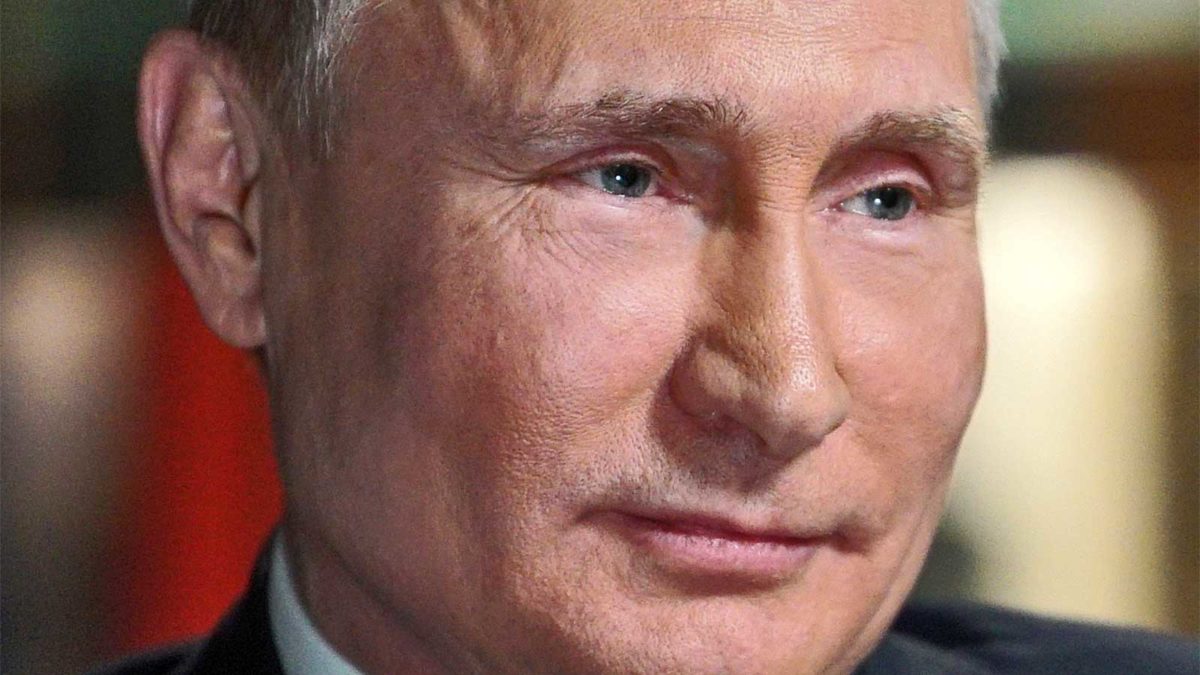Good and bad news in wake of Ukraine
While neither Ukraine or Russia are particularly large trading partners for the West, the risks created by the conflict aren’t negligible – and could easily spill over to the global economy.
“The potential economic risk (of the Ukraine conflict) has three primary transmission mechanisms: higher global energy prices, further supply chain disruptions and a European economic slowdown resulting from tighter economic ties with Russia, meaning the region would bear a greater burden from sanctions,” says ClearBridge Investments portfolio manager Jeffrey Schulze.
The prospect of a European economic slowdown is elevated compared to that of the rest of the world, given those countries share a landmass with the belligerents. Russia is Europe’s fifth-largest trading partner for both exports and imports, and sanctions are likely to bite harder there. Natural gas prices also spiked following the invasion. But a European economic slowdown is less likely to impact the US economy; its debt crisis in 2012 didn’t, despite global growth being slower than it is today.
There might also be implications for Fed policy, but Schulze noted that expectations were already trending towards fewer and smaller rate hikes in 2022. And monetary policy aside, Schulze acknowledges increased volatility in markets but believes it will be mostly short-lived.
“Historically, the S&P 500 Index has seen a 6 per cent slide over a three-week period around major geopolitical events, with another three-week recovery back to prior levels, on average,” Schulze said. “Once the lows have been made, equities have done nicely, delivering 6.5 per cent in the first three months from the lows and 13 per cent over the first year.”
“Interestingly, in looking at the last five major wars (Vietnam, Gulf War, Afghanistan, Iraq and Crimea) the market actually bottomed prior to the invasion occurring. While it remains to be seen how events unfold – and we all hope for a speedy and peaceful resolution – the initial equity market response does not appear to be out-of-line with historical patterns.
Global oil demand has recovered and is now outpacing supply following a period of underinvestment in production capacity that means additional barrels can’t be brought on-line as easily. As US crude oil climbs over $100 per barrel – a level last seen in 2011-2014 – prices are likely to “continue to have a geopolitical risk premium embedded.
“The good news is energy’s wallet share for most American consumers has been secularly declining for decades,” Schulze said. “While it is likely to pop in the coming quarter on the back of higher prices, efficiency gains and rising incomes mean the impact of higher oil has declined over time. Simply put, consumers are better positioned to handle higher energy costs today than they were 10 years ago, meaning consumption and economic growth should hold up better than they would have historically.”
But Ukraine and Russia are also key suppliers of many industrial metals, such as neon gas – used in the manufacture of semiconductors – and palladium, which is used in catalytic converters. Shortages of both would have downstream impacts on an “already tight” auto market.
“The ripples will most likely show up in the commodities indicator on the ClearBridge Recession Risk Dashboard, which maintains its overall green signal this month even though it has experienced weakness underneath the surface,” Schulze said. “This deterioration has been primarily driven by the roughly 50 per cent decline in steel prices since mid-October, along with softer chemicals.”
“Although Ukraine and Russia both produce steel, the price slowdown has been more driven by China in recent months. Importantly, Chinese policy has undergone a U-turn with the country now adopting an overall stimulative policy stance.”











